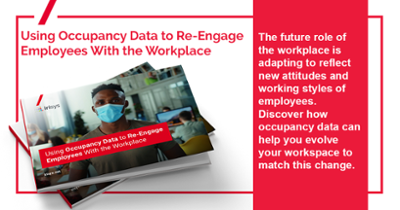How to Use Social Distancing Sensors on Your Premise
2020 has made social distancing a new and crucial behaviour that all individuals must adopt in order to prevent the spread of COVID-19. As a result, commercial and public sector building managers are looking for ways to control occupancy on site.
There are various solutions on the market, one being a social distancing sensor (SDS). Depending on the supplier, the technology is likely to come with different features and functions – it’s important to consider the needs of your enterprise and the scale of the operations you’re looking to support.
Maintaining space between people will be an essential problem to tackle in order to resume normal activities that require the congregation of people in enclosed spaces. There are two types of SDSs, one being a wearable device that notifies individuals of their proximity to others by beeping or buzzing. The device will send out a signal to its counterpart and alert the wearers to a potential compromise in personal space – for example, the current guidelines suggest a 1.5m to 2m distance in most countries. This, however, only tackles the distance aspect between people who are already on-site, rather than allowing you to control footfall from the onset.
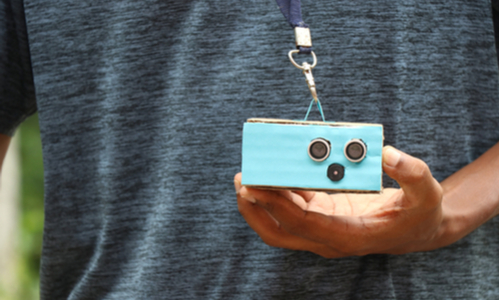
An SDS that supports social distancing more comprehensively is a people counter or an occupancy monitoring sensor that will count individuals as they enter and exit an area, giving you an accurate picture of capacity levels. Using real-time occupancy data in conjunction with displays that communicate whether the zone is safe to enter or not allows you to control how many people are within a specified area and prevents overcrowding before it becomes a problem.
Where can social distancing sensors be applied?
Washrooms
Restroom and toilet facilities are often a big concern for users as this is usually an area that can quickly gain a bad reputation for poor hygiene. You can use occupancy data to inform you of the number of individuals that have used your facility, allowing you to create a more responsive cleaning rota and enable better use of your resources. This will not only ensure the health and safety of visitors but also help to build trust.
The big question, of course, is how do you maintain social distancing in a zone that requires a high level of privacy? The good news is that the Irisys SafeCount solution is entirely anonymous and it tracks occupancy rather than using any identifying features of the visitor. A display screen or sign on the outside of the washroom updates in real-time to warn people not to enter when a set number of users are occupying the space, preventing overcrowding.
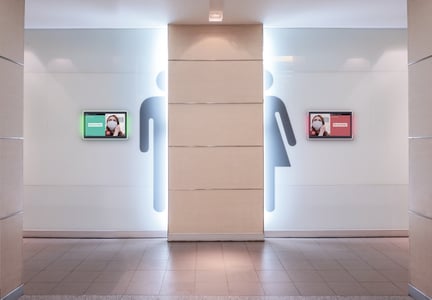
Reception areas
This zone is notorious for high levels of footfall and surface contact. Reception areas are also predisposed to poor social distancing behaviour as humans are accustomed to queuing in close proximity or, in particular circumstances, overstepping personal space boundaries to gain the attention of an attendant.
A social distancing sensor can give your staff a better way of controlling the number of individuals allowed in the reception area. Limiting the number of visitors through notifications will help to reinforce the message that this is a controlled space and social distancing must be maintained.
Once an occupancy limit has been reached, visitors to your building can be asked to queue outside until the individuals already in the reception area have been served and directed accordingly. As in the example provided for a washroom scenario, display screens can be used to alert visitors about the current occupancy levels in a reception area prior to entering.
Libraries
Libraries, particularly in educational institutions like universities, often invite large crowds where visitors often collaborate or meet in groups. There's also the issue of narrow aisles and isolated corners that may make it difficult for librarians to continuously observe.
The Irisys occupancy sensors can connect to a cloud-based platform that can raise alerts and notifications for operational staff who can quickly act to limit inbound traffic or disperse gatherings that are not maintaining a reasonable social distance.
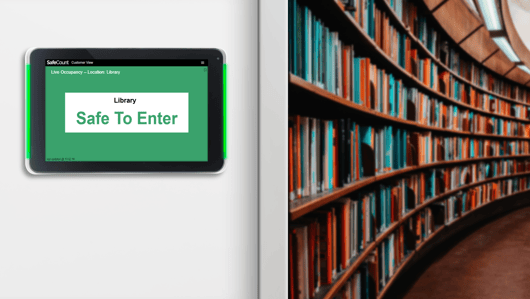
Shop floor
For retailers, providing a safe and secure environment for customers and employees is vital for commercial survival right now. 62% of shoppers say that they will stop purchasing from outlets that do not instate adequate health and safety measures, while 24% will pay a premium price at stores that prioritise this factor.
Smart occupancy monitoring solutions will help you to not only keep track of the number of people on-site, but the data obtained can also be used to inform your business decisions as we navigate through these uncertain times. SafeCount is designed to help you collect vital retail analytics such as accurate footfall measurement and dwell times. This data is essential when reviewing your shop's performance as it can be used to optimise your shop floor space and ensure that visitors have a better experience when navigating through the store. Such initiatives help to improve service delivery and enable social distancing.
A long term solution
With uncertainty about effective treatment and vaccination, it's likely that we will have to continue with preventative measures for the foreseeable future. This includes mask wearing and social distancing adherence. If you're still relying on staff members to count individuals in and out of your building using manual clickers, you're likely to waste resources and tie up your employees in activities that don't necessarily contribute to the success of your business. What’s more, manual people counting is predisposed to human error.
With automated and accurate data about footfall and occupancy levels throughout your building, you can make better decisions about your real estate investments and optimise your premises for the safety and wellbeing of all occupants. People counters can allow your store to improve its operational processes by facilitating effective solutions to serve customers in-house while still allowing everyone the necessary space to social distance.
Efforts to improve your building through the integration of smart building technology such as social distancing occupancy sensors will help you to remain responsive and adapt to the new behaviours required to ensure that your staff and customers are protected from COVID-19 outbreaks.
To find out more about our social distancing sensors take a look here.
Share this
You May Also Like
These Related Posts
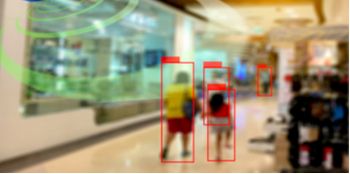
Benefits of People Counting in a Post COVID-19 World
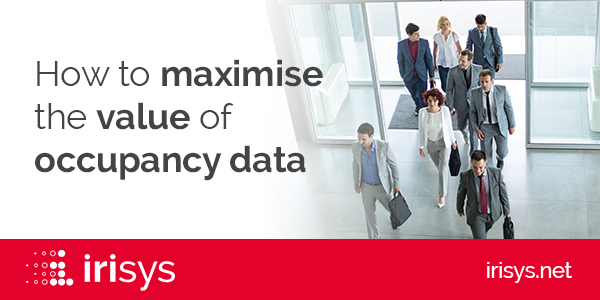
How to Maximise the Value of Occupancy Data
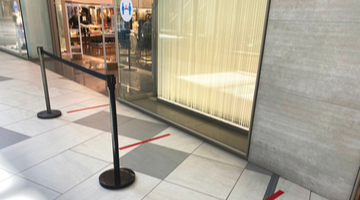
Managing a Franchise: How to Ensure all Locations Manage Occupancy for Social Distancing
Connect with us
Need more information? Ready to get started? We're here to help, get in touch.



